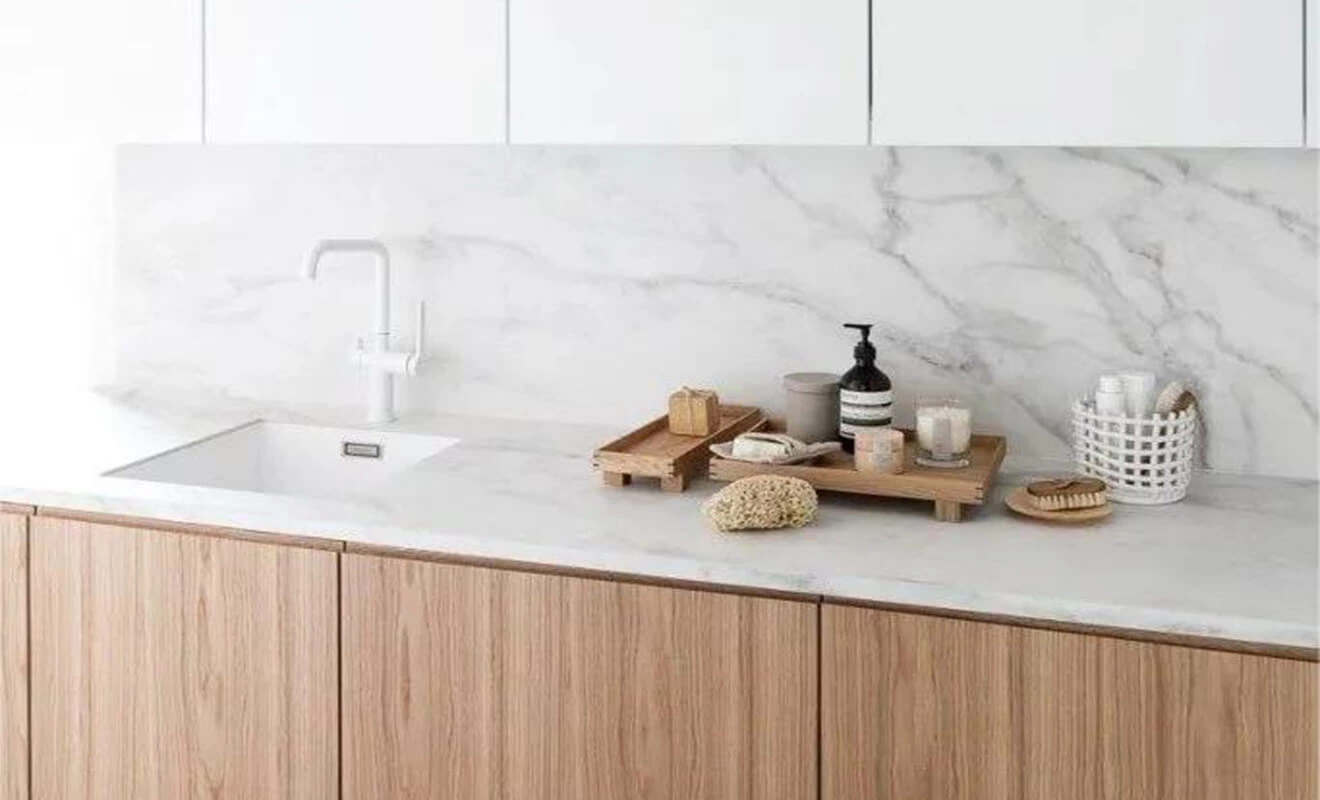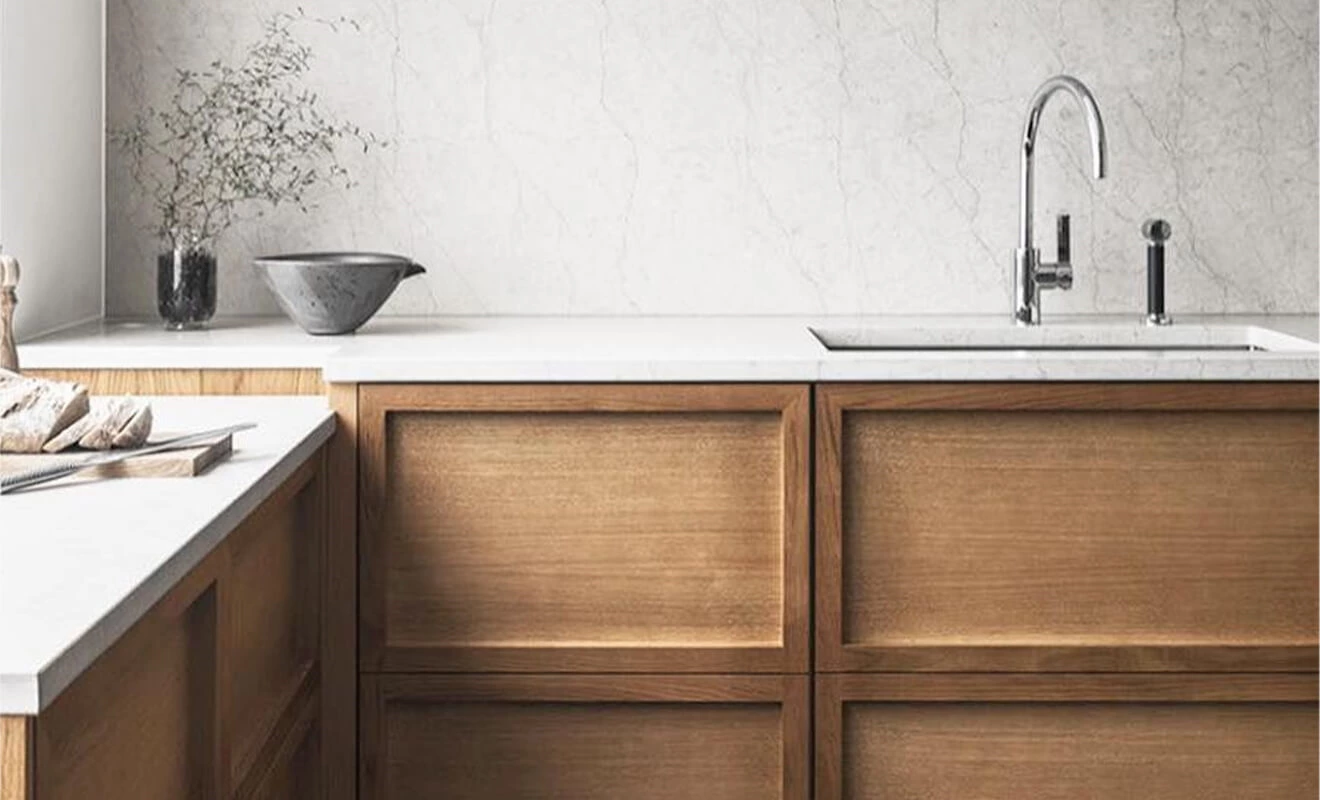5 Handle Designs to Elevate Your Invisible Door
Invisible Door Design refers to a design that seamlessly integrates with the wall or cabinet, not only enhancing the decorative aspect of the space and extending the visual effects of the expanded area but also improving space utilization, redefining the concept of home living.

Although there are many such designs in real life, there are still many people who are unfamiliar with them and have questions. For example, how does an invisible door open when it's "invisible"? Does it have a handle? In this article, we will share several handle designs for invisible doors to clarify these doubts.

First and foremost, it is certain that invisible doors do have handles. Moreover, the handles of invisible doors are designed to blend in with the overall decor, often presenting themselves discreetly for easy operation. As for the form of handles, there are several common types:
Slot Handle

When optimizing the storage design of an apartment, hidden cabinets can be added in areas such as the foyer, living room, and bedroom, thereby increasing the storage capacity of the space.

The design of these cabinets appears no different from traditional furniture at first glance, but upon closer inspection, you will discover their highlight—the handle, which is concealed between the cabinet door and the cabinet itself, using slots as handles.

Straight slots, G-shaped slots, semi-circular recessed slots, etc. When using them, simply place your fingers between the slots and gently pull to open the door without the presence of a visible handle, achieving a seamless and handle-free switch.
Cabinet Edge Handle

In addition to slot handles, some cabinet designs focus on the cabinet itself to maintain overall aesthetics. For example, in cabinets such as kitchen cabinets, wardrobes, and bookshelves, the side or bottom of the cabinet can be extended by approximately 1-2 cm. This ensures the cabinet's sealability without compromising its uniformity.

To operate, simply grasp the cabinet from the side or bottom and push or pull to switch, providing a high-end and fashionable experience.
Corner-cut Handle

Designing a triangular cutout on the invisible cabinet door itself is also a good option. In cases where the combined cabinets are closely arranged, neither slot handles nor cabinet edge handles are particularly convenient.

In such situations, the corner above or below the invisible cabinet door can be designed with a triangular cutout. By fitting the hand into the triangular cutout, it can be used as a handle for opening and closing, adding a touch of novelty and style.
Loop Handle

The design of invisible doors is suitable for various styles and apartment layouts, and so are the handles. Building on the concept of invisibility, handles can be directly incorporated into the surface of the cabinet door. Each cabinet door can have a protruding loop-shaped handle, creating a contrast with the door surface.

When using the same material and color scheme, the loop-shaped handle blends seamlessly with the door surface while serving as a functional and aesthetically pleasing feature.
Bouncer

If you prefer a flat and unadorned invisible design, you can choose to install bouncers as hardware to facilitate the opening and closing of the cabinet doors. Unlike the previous handle designs, bouncers are not decorative elements on the cabinet door's surface. Instead, a simple piece of hardware is installed inside the cabinet, either visibly or discreetly. By pressing on the cabinet door, it opens.

While bouncers truly align with the invisible design, creating a visual harmony between the cabinet and the space, they tend to wear out quickly and may malfunction over time, so careful consideration is required when choosing this option.



